Clay soil - how do I fix it? Or do I have to?
reversemidas
17 years ago
Featured Answer
Sort by:Oldest
Comments (63)
Kimmsr
17 years agolast modified: 9 years agolightt
17 years agolast modified: 9 years agoRelated Discussions
What do I need to do to my clay soil before I plant tomatoes?
Comments (8)I have the same type of soil. CLAY! What I did, that worked well for me, was to loosen up the soil with a shovel. Then I dumped compost and bags of garden soil over top of the area. I used the shovel to mix it up a bit. Every fall I cover the area with leaves that decompose and really improve the texture. Whenever I plant now, I toss in more compost if I have it or Garden Soil from a bag. It keeps getting better and better. I don't think you'll need to haul away any soil. Just bring add some good stuff to what you have. Kim Here is a link that might be useful: My gardens...See MoreWhat kind of soil do i have and how should i amend it?
Comments (5)Where in the world you are can be of tremendous assistance to some of us, although my soil is sand while my sisters soil (6 miles west of me) is clay. Usually sand atop a clay base indicates that someone dumped some sand there in an attempt to have a soil kind of easier to cultivate then the clay would be. The clay, under that sand, will keep that sand from draining properly, two different soil types with vastly different drainage capabilities. I would talk with the people at your local office of your state universities Cooperative Extension Service to find out what your soil type shoulld be....See MoreGypsum for Clay Soil?
Comments (7)Hi everyone, thanks for your replies. I am a huge skeptic for anything which some people say works, and others don't. As I understand, the type of clay makes a big difference to how the gypsum will help, if at all, in the soil. I'm not sure what kind of clay I have, and have yet to do a soil test. However, I should mention these things: Thy gypsum is granular, not powder. If it were powder I think I'd be faithless as I'd feel like I was making concrete. When I decided to try and fix my clay soil, I realized I'd have to do it in steps and doing it right would take a few days. When I decided to mix in some gypsum, I bought a really great heavy-duty hand tiller and the gypsum. I waited until I got a good rain and then waited a day. It has been cool, and once drained, the clay was fairly loose and easy to work with. At that time I went and tilled up the soil. Since then, it's been sitting pretty loose because the heat hasn't kicked in around here. Then yesterday when I had the time, I literally grabbed a shovel and my tiller again, went out, re-tilled my garden, shovelled the loose soil aside, tilled again until I had about 1.5 feet of tilled depth. I applied the granular gypsum to the layer beneath, tilled it in, replaced the layer of soil on top, and placed more granular gypsum and tilled that in too. Now when I walk outside, the soil seems less able to condense, but I really attest that to the fact that I did everything I could to make sure the gypsum as well as the size of the grains were as effective as possible. No sprinkling it on and letting nature to the work. I did the work as an insurance policy I guess. Later I'll be buying compost and mixing that in, and then planting my garden. Last summer, after preparing my garden without any additives, if I were to stand on the ground, it would be solid. Now, I would sink easily up to my ankles. We'll see how it holds up against summer, but I feel like the gypsum has made a tiny improvement in soil structure. A good note is I found a ton of earth worms, so that made me happy! thanks again...See MoreWhy do I have a strange hole in the foundation, and how to fix it?
Comments (6)It looks like they poured a new slab on top of the old one, it looks like you have some moisture issues there also, this is why they probably poured a new slab over the original rat slab and they just didn't/couldn't get under the stair to level it so they just pushed it under there and left it. You can get a quick patch cement and fill the hole. How old is the house?...See Morehamiltongardener
17 years agolast modified: 9 years agomorrighu
16 years agolast modified: 9 years agobpgreen
16 years agolast modified: 9 years agoreversemidas
16 years agolast modified: 9 years agoidaho_gardener
16 years agolast modified: 9 years agorenais
16 years agolast modified: 9 years agokqcrna
16 years agolast modified: 9 years agodavemichigan
16 years agolast modified: 9 years agomaupin
16 years agolast modified: 9 years agojtrux
15 years agolast modified: 9 years agoluckygal
15 years agolast modified: 9 years agojtrux
15 years agolast modified: 9 years agoKimmsr
15 years agolast modified: 9 years agowayne_5 zone 6a Central Indiana
15 years agolast modified: 9 years agostinkbone
15 years agolast modified: 9 years agocitysoil
14 years agolast modified: 9 years agoidaho_gardener
14 years agolast modified: 9 years agosbshomeimp_yahoo_com
14 years agolast modified: 9 years agonatschultz
14 years agolast modified: 9 years agodarth_weeder
14 years agolast modified: 9 years agolisa4ducks
13 years agolast modified: 9 years agobuford
13 years agolast modified: 9 years agolcpw_gw
13 years agolast modified: 9 years agolisa4ducks
13 years agolast modified: 9 years agogsl4673_yahoo_com
13 years agolast modified: 9 years agosobperso_gmail_com
13 years agolast modified: 9 years agogoren
13 years agolast modified: 9 years agoian_naturzaire_com
13 years agolast modified: 9 years agowayne_5 zone 6a Central Indiana
13 years agolast modified: 9 years agolooch28_yahoo_com
12 years agolast modified: 9 years agoGardeningGoose
11 years agolast modified: 9 years agowayne_5 zone 6a Central Indiana
11 years agolast modified: 9 years agoTheMasterGardener1
11 years agolast modified: 9 years agoKimmsr
11 years agolast modified: 9 years agoOil_Robb
11 years agolast modified: 9 years agoOil_Robb
11 years agolast modified: 9 years agoOil_Robb
11 years agolast modified: 9 years agonovascapes
11 years agolast modified: 9 years agopiedmontnc
11 years agolast modified: 9 years agoallen456
11 years agolast modified: 9 years agoKimmsr
11 years agolast modified: 9 years agopnbrown
11 years agolast modified: 9 years agodomino123
10 years agolast modified: 9 years agodomino123
10 years agolast modified: 9 years agogardenlen
10 years agolast modified: 9 years agosanto379
10 years agolast modified: 9 years agoAlbion1966
9 years agolast modified: 9 years agoRussell Bowman
8 years ago
Related Stories
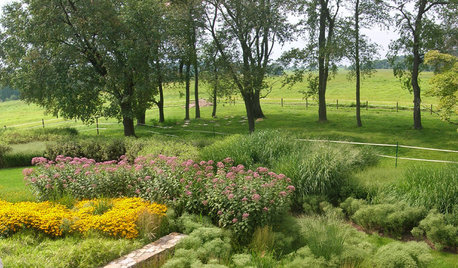
GARDENING GUIDESHow to Stop Worrying and Start Loving Clay Soil
Clay has many more benefits than you might imagine
Full Story
GARDENING GUIDESGardening Solutions for Heavy Clay Soils
What’s a gardener to do with soil that’s easily compacted and has poor drainage? Find out here
Full Story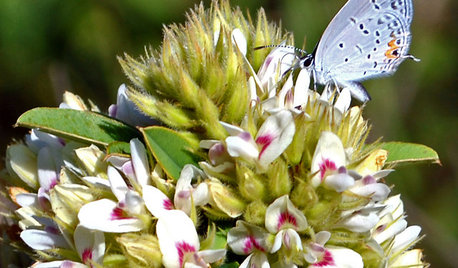
GARDENING GUIDES5 Prairie Wildflowers That Can Heal Your Soil
Get free, organic soil fertilizer with nitrogen-pumping plants that draw pollinators too
Full Story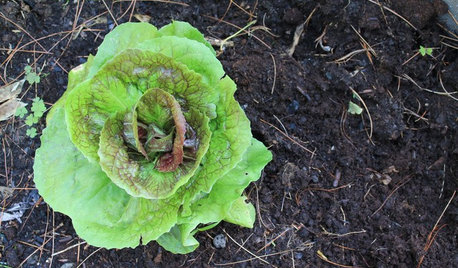
FARM YOUR YARDHow to Get Good Soil for Your Edible Garden
The nutrients in your soil feed the plants that feed you. Here are tips on getting it right — just in time for planting season
Full Story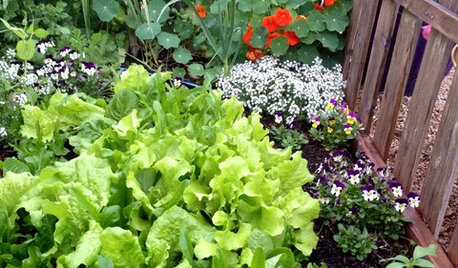
GARDENING GUIDESThe Poop Scoop: Enrich Your Soil With Good Old Manure
Get over the ick factor already — this natural super-ingredient for soil has so many benefits, you'll wonder why you ever went chemical
Full Story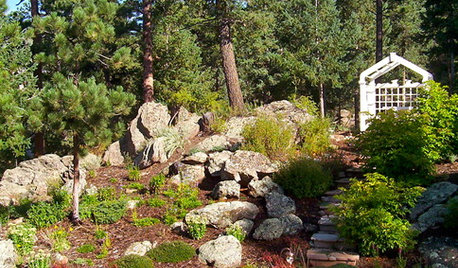
GARDENING GUIDESHave Acidic Soil in Your Yard? Learn to Love Gardening Anyway
Look to acid-loving plants, like conifers and rhododendrons, to help your low-pH garden thrive
Full Story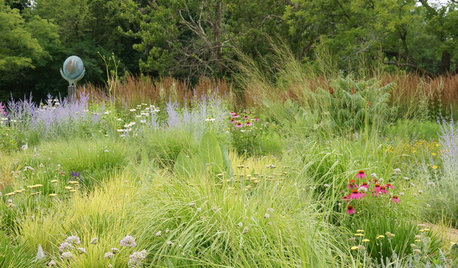
GARDENING GUIDESGet the Dirt on Your Garden’s Soil
Understand how your soil supports your plants so you can ensure your garden’s success
Full Story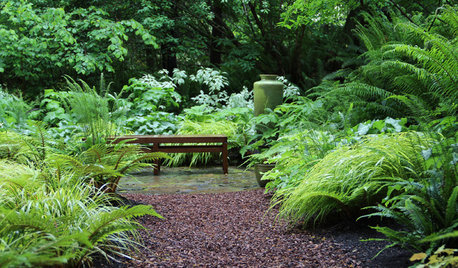
GARDENING GUIDES10 Solutions for Soggy Soil
If a too-wet garden is raining on your parade, try these water-loving plants and other ideas for handling all of that H2O
Full Story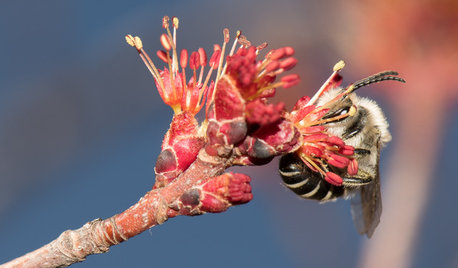
GARDENING GUIDESInvite Cellophane Bees to Your Garden by Providing Patches of Bare Soil
Look for cellophane bees (Colletes) pollinating flowering trees and shrubs in U.S. gardens this spring
Full Story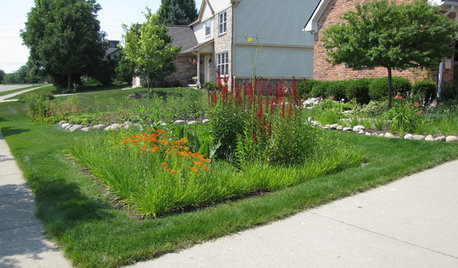
LANDSCAPE DESIGNHow to Shape a Rain Garden and Create the Right Soil for It
Learn how to grade, lay out and amend the soil in your rain garden to support your plants
Full Story


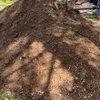
bpgreen